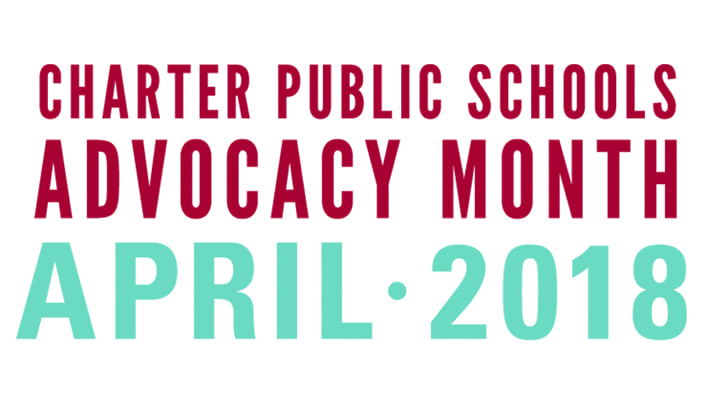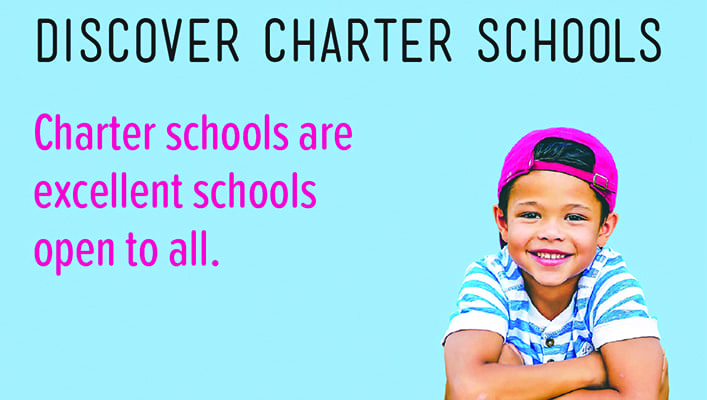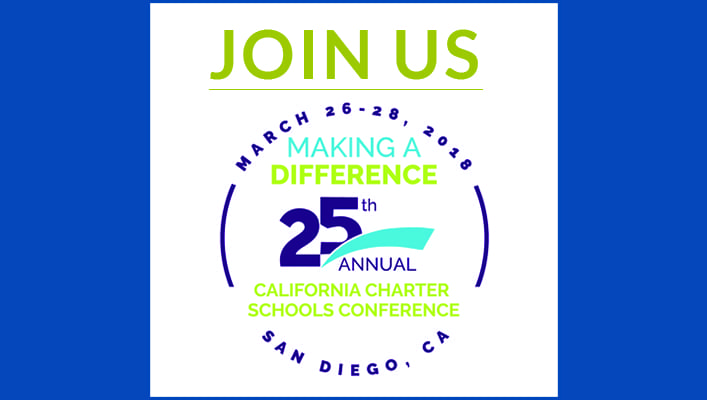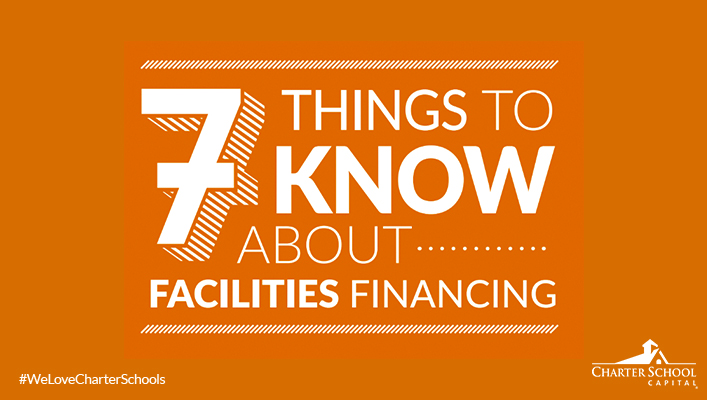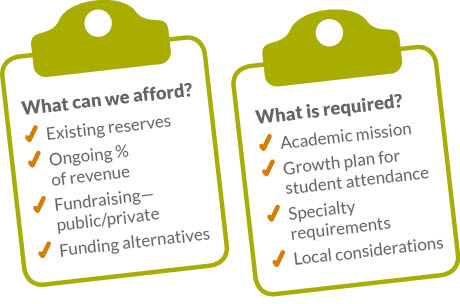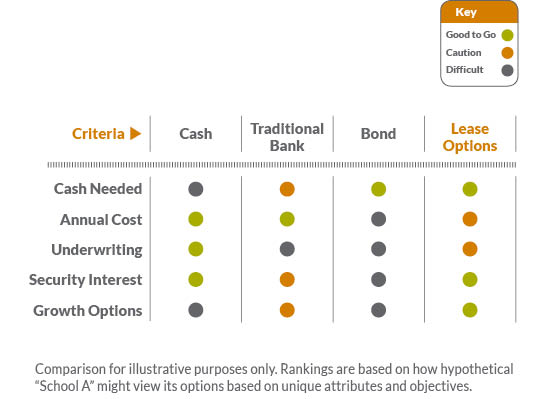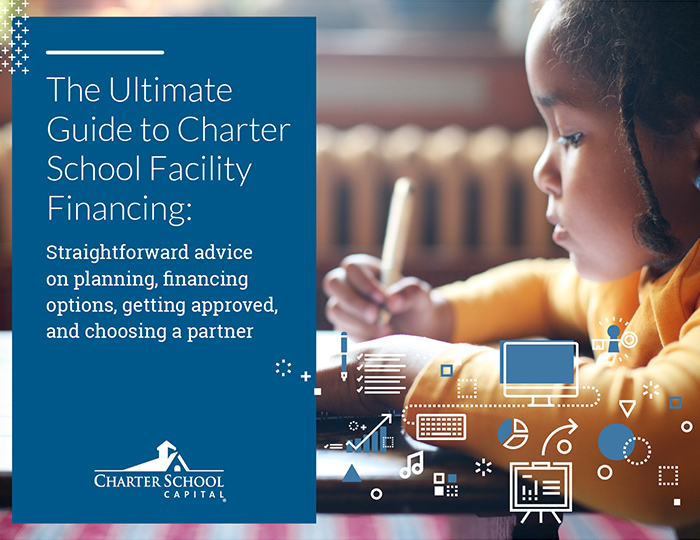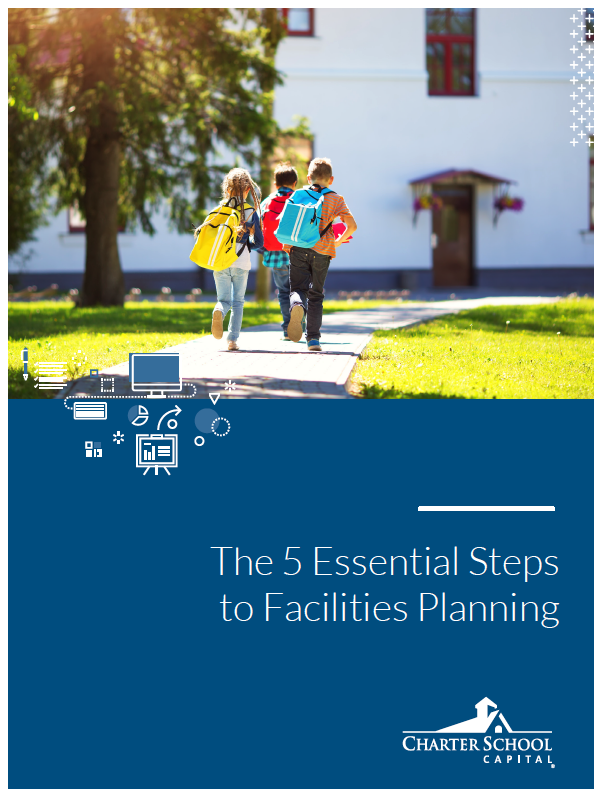
Sharing Charter School Capital’s Values: Innovation
Sharing Our Values
At Charter School Capital, we hold each other accountable to core company values as the driving force and foundation of what we do. These values are our guiding principles as we work together to more effectively support the growth and development of our charter school partners. And, as a result, Charter School Capital is a proven catalyst for charter school growth. In CSC’s ten years, we very proud to say that we’ve helped finance the education of more than 800,000 students in over 600 charter schools across the United States.
We measure everything we do by these core values:
” Best-in-Class
” Empowerment
” Innovation
” Teamwork
” Accountability
In this blog series, we wanted to spotlight how all of us at CSC work to exemplify these core values. For this, the third post of the series, we’ll dive deeper into what innovation means to us and how we embody and reflect this goal both internally and what that means for our charter school partners.
What I’m finding, after doing several of these posts, and interviewing some amazing members of our team, is that these values are so deeply intertwined, that you actually can’t speak about one without simultaneously touching on the others. They’re proving to be beautifully interdependent values that drive everything we do here.
Technology and Innovation
To get some expert insight into how we strive to live up to the value of Innovation, who better to speak with than John Caugie, IT Manager here at Charter School Capital (CSC)? John has been with Charter School Capital for six years, so he’s seen quite a bit of change and been instrumental in our technological innovations. He was selected by CSC leadership as the embodiment of the Innovation value here at CSC, so I was really looking forward to learning more about his role here-and as he hails from bonny Scotland, I have no shame in saying that I was excited to sit and listen to his charming accent.
Sitting down with John, I was curious to know:
- how he thinks we support our employees with new technology
- how we go about making innovative changes with our technology
- how thinking outside the box with our technology solutions is inherently innovative; and
- how that all translates to putting our customers first.
John’s role has undergone quite a change since he started here six years ago having come onboard as a Financial Analyst, then transitioned to our Salesforce Administrator, and was most recently promoted to IT Manager. But, from his perspective, these changes in title were simply a shift in focus – and much of that has to do with the decision to change our main technology platform.
Several years ago, he along with our executive team, realized that FileMaker Pro (then, a basic database software system reliant on a cumbersome Virtual Private Network (VPN) connection) was no longer serving our purposes, and wouldn’t help us to continue to grow and serve more clients. It was time for a change.
Trusting a vision
Knowing that being restrained by FileMaker Pro – and dialing into a VPN server – would not be able to effectively support our team (that was beginning to spread out across geographies), the next step had to be a move to a platform that only requires internet access rather than the more cumbersome and limiting VPN connectivity to our internal network. It was time for a major shift to cloud-based Salesforce, providing better access to our remote teams, and better service to our clients.
When we switched to Salesforce, it wasn’t nearly advanced as it is today, but they had a solid roadmap for their product, and we trusted in the belief that their vision would propel us forward. “People in our company had the vision that to see some sort of platform that everyone could use beneficially. Every department, not just sales, but underwriting, client services, facilities, and finance. So we shared the vision and were willing to take the risk to get this into one platform. Being able to think about the future is also innovation,” shares John.
Innovation to support our team and our customers
I wondered what John thought about how innovating (by changing our technology) has had an impact on both our team internally as well as on our customers. “As far as our team goes, that’s the whole idea … to try and get more of our people in the platform and help them get trained to make us a more productive company. We can use Salesforce to see when someone logs in, what state they’re in, what client they represent, and we’ll know their history, so we can tailor messaging and contact that’s perfect for that individual at that time. Every department can interact and find more opportunities to support our clients from start to finish. It’s all about the client, the customer is number one,” says John.
We went on to talk about a few of the innovations on the horizon and John shared, “One of our main goals is to use Salesforce Communities to get our external clients engaged with the platform as well so that they can log in and see where they are at every stage in the funding process. For example, if we have a 10-stage process, they can log in and see ‘hey, we’re at stage seven so I still have to upload these documents.’ This helps them get more visibility, clarity, and control over the entire process with a single source of shared information.” John also spoke of his plan for moving our files to the cloud, for the same reason we moved from FileMaker Pro to Salesforce. So that more people on our team, in more geographies, have more access to our information so they can better do their jobs and serve our customers.
Risk vs Reward
Such a dramatic shift in a company’s core technology can be fraught with risks. I asked John about innovation and risk…and how they play together when making decisions.
“With innovation in technology, there’s always a degree of risk. Because technology changes so rapidly, there are two schools of thought, you either keep up with the latest and greatest or you stick with what you’ve got and if it works, then why change it.
I think we’re sort of somewhere in between. I do want to try to keep up-to-date with the newest functionality. The problem is that it may break something else. But, if you stick with what you’ve got that you know works, you stagnate, and you might miss out on something that helps propel the business forward. If we had stayed with FileMaker Pro just because it works, we wouldn’t be where we are today, and we wouldn’t be looking into moving into Salesforce Communities to give clients access.
You always have to weigh the pros and cons of short-term pain, but there’s the long-term gain to consider. So, I think the communities project we’re considering will have that long-term gain -and the benefits should be tremendous.”
Innovating Together
Taking on such a huge company-wide technology shift can be a scary endeavor. I asked John how he went about getting this project underway, and no surprise to me, teamwork (one of our core values) came up. John explains how collective experience comes together for the benefit of the vision, “One of the initial phases of this project was putting together a cross-functional team – this integrated unit – and we all work together to say ‘Hey, what about this, what about that? Does this sound like a good idea that would support our clients? What wouldn’t work?’ I think it makes the whole process a lot easier because you’re involving everyone in innovation as opposed to just one or two people sitting in a dark room saying. This is a good idea. Why don’t we do this?
When you just have one person’s point of view, you tend to put your blinders on and just focus on one thing, but when everyone has a look at it – bringing their past experiences, interactions with different people, and platforms – it all comes together to help us be visionary collectively rather than individually.”
Innovative=Industrious=Inquisitive
It’s fantastic to work as a team to find solutions, but I wanted to know how John takes personal responsibility for being innovative individually as well. “Having Experience is great, but there’s also inquisitiveness and industriousness. If you only rely on your experiences, then you’re limited. You have to google it. Google’s a great place for looking things up. ‘How do people do this? What’s the platform that other people use?’ I do it on a regular basis because that’s where a lot of answers are. No doubt people have come across a lot of these issues before – maybe for something completely unrelated to finance or charter schools – but a solution they’re using in the health industry may actually work for us. Being visionary or innovative is not just coming up with something that’s remarkable that you and only you have done. It’s also about seeing what other people are doing and incorporating that into your processes to make your resource investments better.”
(It’s good to know that even the most technical people google things, right?)
Conclusion
I conclude our conversation by asking John if there is actually danger in not innovating … of being complacent? And, in his very captivating accent, John eloquently (but with conviction) ends our conversation by saying, “You will never grow. You will always be who you are both personally and as a company. We always have to look at what will make things better for us. What will make it better for the clients especially, and how we can propel things forward so that life is just easier for everyone.”
I’ve learned from John, that in order to be innovative, you have to take risks, involve a team of experienced collaborators, do your homework, and have the right goals in mind. Our spirit of innovation at Charter School Capital is always guided by one question – will it help us serve our customers better? And that’s a goal this mission-driven gal can get behind.
 Editors Note: Lynne Adams, a partner at Osborne Maledon spoke with Ashley Berg, Executive Director at the Arizona State Board for Charter Schools (ASBCS) last week about Arizona charter school enrollment issues, and generously passed along some information about ASBCS’s independent review of schools’ enrollment forms and processes. As a follow up to our original post Some Charter School Enrollment Practices Under Scrutiny: ACLU Aims Spotlight on Arizona we thought we’d share her update with you. The below text is from an email communication written by Adams and she’s kindly given us permission to post it here. We hope you find this update informative.
Editors Note: Lynne Adams, a partner at Osborne Maledon spoke with Ashley Berg, Executive Director at the Arizona State Board for Charter Schools (ASBCS) last week about Arizona charter school enrollment issues, and generously passed along some information about ASBCS’s independent review of schools’ enrollment forms and processes. As a follow up to our original post Some Charter School Enrollment Practices Under Scrutiny: ACLU Aims Spotlight on Arizona we thought we’d share her update with you. The below text is from an email communication written by Adams and she’s kindly given us permission to post it here. We hope you find this update informative.
